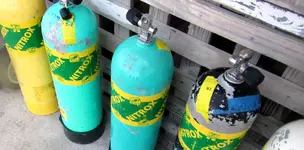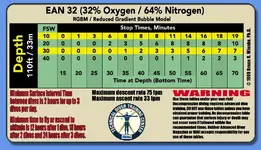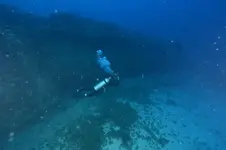seekerGH
Hero Member
- Joined
- Jan 25, 2016
- Messages
- 887
- Reaction score
- 570
- Golden Thread
- 0
- Primary Interest:
- All Treasure Hunting
- #1
Thread Owner
A brief article, with some good information on some of the mixes..
leaves out much about Trimix or Helox, (79% helium and 21% oxygen) but oh well!
Many new divers incorrectly call their diving cylinder an oxygen tank. For some, it’s just a turn of phrase; they know full well that the standard diving gas is good, old-fashioned air. But divers can breathe other gases, including the commonly used nitrox, as well as technical mixtures. What’s the difference between all these scuba diving gas mixes anyway?

The Difference Between Scuba Diving Gas Mixes ? Scuba Diver Life
leaves out much about Trimix or Helox, (79% helium and 21% oxygen) but oh well!
Many new divers incorrectly call their diving cylinder an oxygen tank. For some, it’s just a turn of phrase; they know full well that the standard diving gas is good, old-fashioned air. But divers can breathe other gases, including the commonly used nitrox, as well as technical mixtures. What’s the difference between all these scuba diving gas mixes anyway?

The Difference Between Scuba Diving Gas Mixes ? Scuba Diver Life
Amazon Forum Fav 👍
Last edited:








